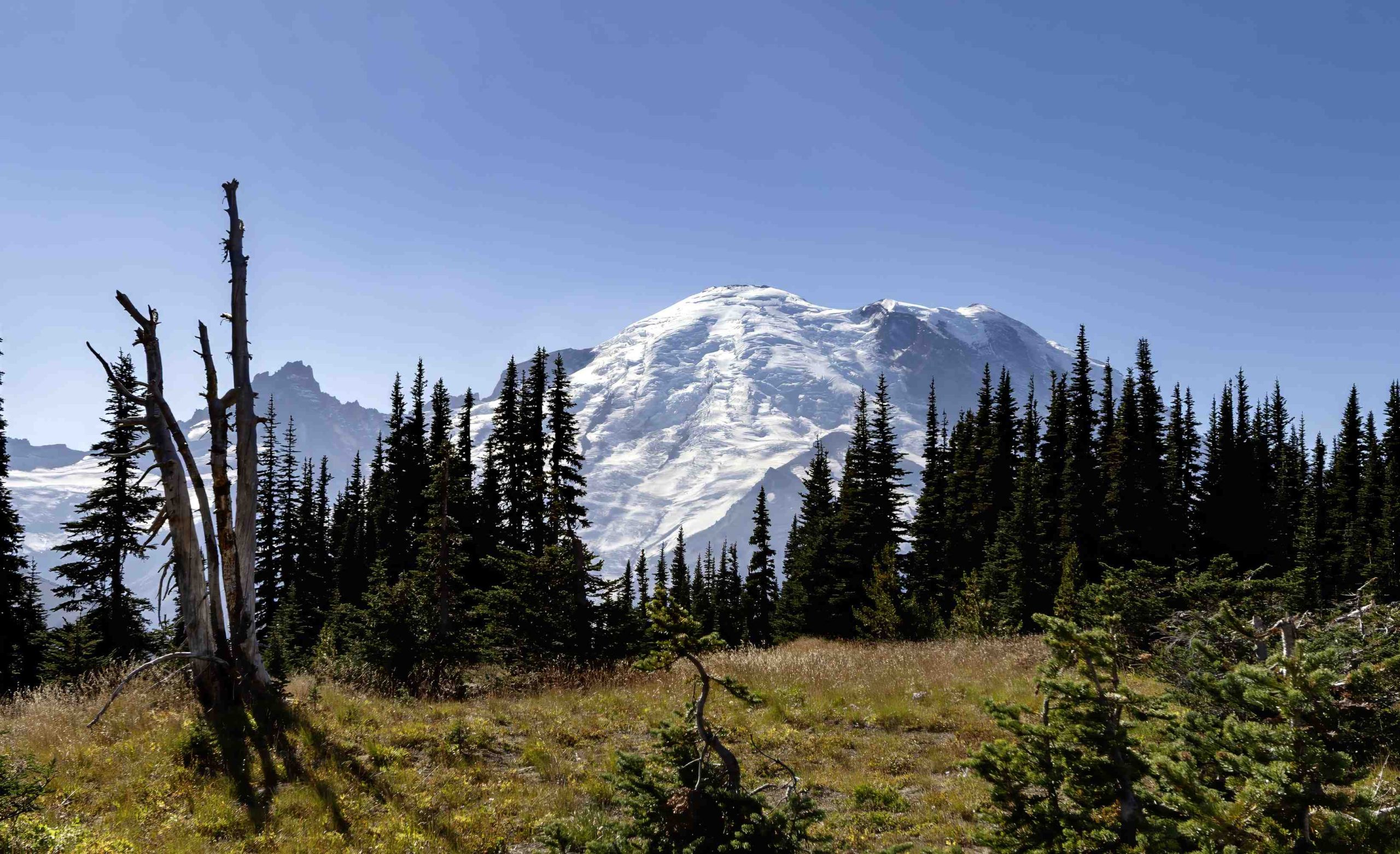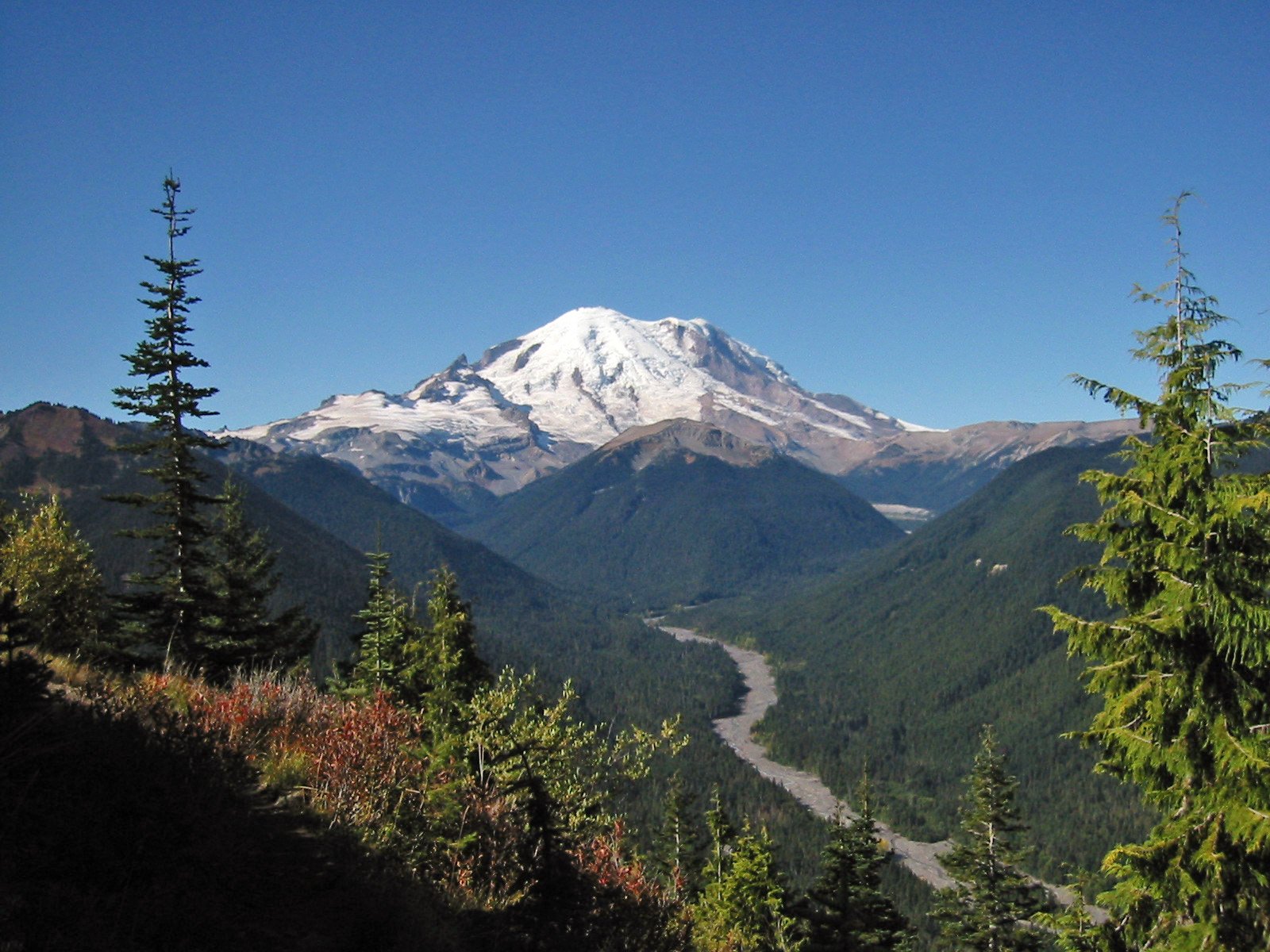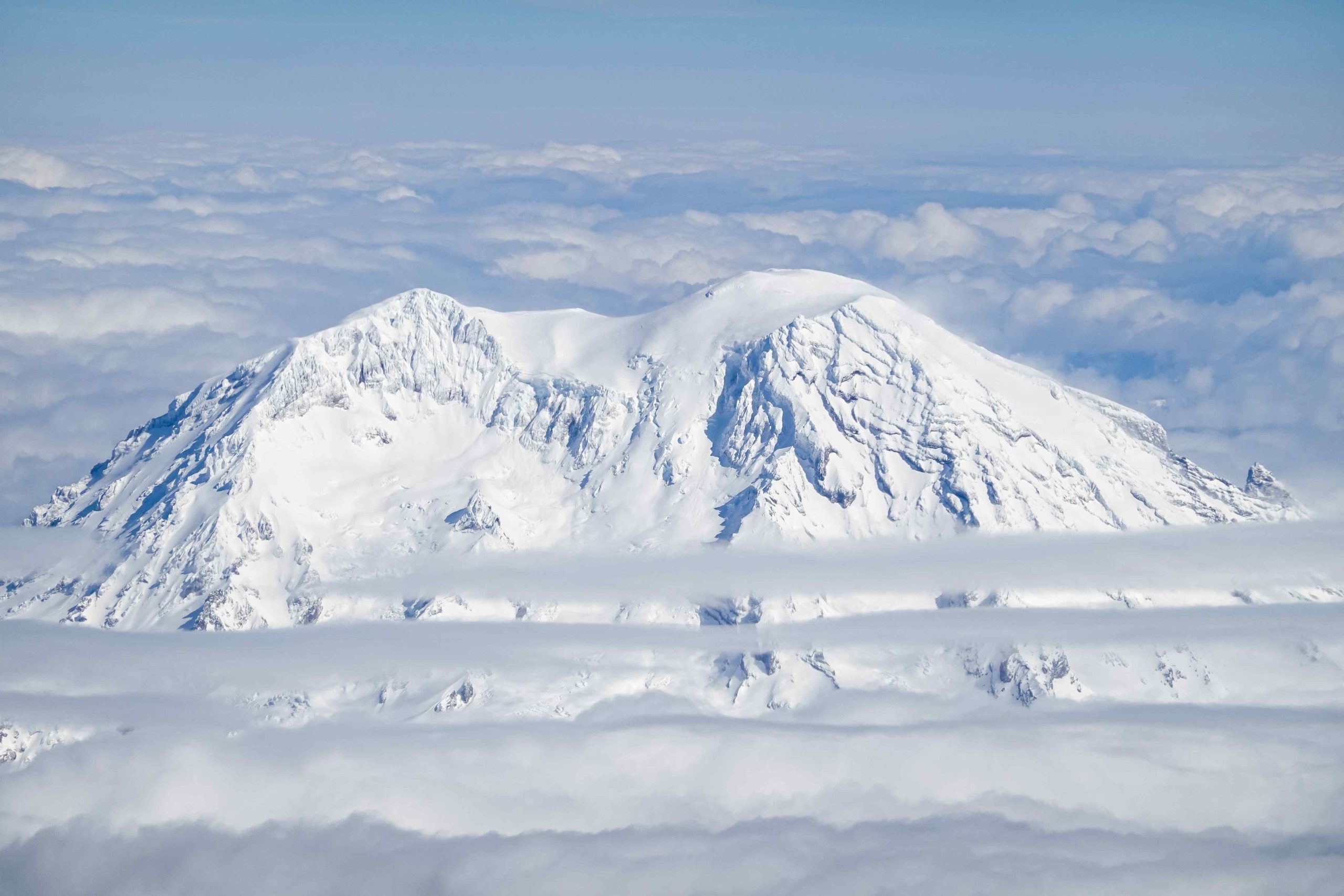Mount Rainier, an iconic peak in Washington State, attracts thousands of hikers annually. However, its challenging terrain and unpredictable weather can lead to dangerous situations. This article explores recent rescue operations, safety precautions, and logistical aspects of hiking on Mount Rainier, focusing on a notable rescue incident and providing valuable insights for hikers planning to explore this majestic mountain.
What Happened in the Most Recent Hiker Rescue from Mount Rainier?

The most recent significant hiker rescue from Mount Rainier involved Ursula Bannister, a 79-year-old solo hiker. On August 28, 2024, Bannister was hiking to the High Rock Lookout, a location where she annually paid tribute to her mother. During her descent, she encountered an unfortunate accident that led to a rescue operation.
Details of the Incident
- Date: August 28, 2024
- Location: Near Ashford, Washington, on the trail to High Rock Lookout
- Cause: Stepped into a shallow hole, resulting in a broken ankle
Rescue Operation
The rescue involved a collaborative effort:
- Fellow hikers, including Airman 1st Class Troy May from the 62d Aircraft Maintenance Squadron, initiated the rescue.
- May and another hiker, Layton Allen, carried Bannister down the trail.
- They met search and rescue teams about 30 minutes down the road.
- The search and rescue teams provided additional assistance, including ice for her injured foot.
- Bannister was escorted to the hospital for further treatment.
What Safety Precautions Are Recommended for Hikers on Mount Rainier?

To ensure a safe hiking experience on Mount Rainier, hikers should adhere to the following precautions:
Essential Gear
- Crampons
- Ice axes
- Ropes
- Avalanche safety equipment (seasonal)
- Proper layered clothing
- Navigation tools (GPS devices, maps, compasses)
Weather Considerations
- Check weather forecasts before and during the hike
- Be prepared for rapid weather changes, including:
- Whiteouts
- Extreme cold
- Snow and ice
- High winds
Trail Awareness
- Stay informed about trail conditions
- Be cautious of snow, ice, and crevasses, especially on glacier routes
- Utilize trail reports and park service updates for route planning
Emergency Protocols
- Carry a cell phone or satellite phone
- Inform someone of your itinerary and expected return time
- Know how to use emergency communication devices (PLBs, satellite messengers)
What Are the Operational Statistics of Mount Rainier Rescue Operations?
While comprehensive statistics for the past year are not available, here are some insights into Mount Rainier rescue operations:
Rescue Frequency
- The number of rescues varies annually, influenced by:
- Weather conditions
- Number of hikers
- Complexity of routes
Notable Rescues
- Michael Knapinski (2020): Rescued after being lost in whiteout conditions
- Two climbers on Kautz Climbing Route (2022): Complex rescue operation
Response Times
Response times can be affected by:
– Weather conditions
– Terrain accessibility
– Availability of rescue teams
Resources Deployed
| Resource Type | Examples |
|---|---|
| Personnel | National Park Service climbing rangers, Local mountain rescue teams |
| Aircraft | Military helicopters (CH-47 Chinook), Contract helicopters |
| Specialized Equipment | Dog units, Advanced medical equipment (e.g., ECMO machines) |
What Logistical Aspects Should Hikers Consider?
Parking Facilities
- Available at various trailheads and visitor centers within Mount Rainier National Park
- Check park website for specific parking information and restrictions
Trail Accessibility
- Trails range from easy day hikes to challenging multi-day climbs
- Park service provides detailed trail information and guides
Costs
- Guided Tours:
- Costs vary depending on guide service and trip length
-
Research and compare different guide services
-
Rescue Operations:
- Typically covered by National Park Service and emergency response agencies
- Hikers may incur medical costs if injured
Search and Rescue Training
- National Park Service and local rescue teams conduct regular training exercises
- Specific schedules are not publicly detailed
How Can Hikers Prepare for a Safe Mount Rainier Experience?
- Physical Preparation:
- Engage in cardiovascular and strength training
- Practice hiking with a loaded backpack
-
Acclimate to high altitudes if possible
-
Mental Preparation:
- Study the route and potential challenges
- Understand the risks and be prepared to turn back if necessary
-
Learn basic wilderness survival skills
-
Equipment Check:
- Ensure all gear is in good condition
- Test equipment before the hike
-
Pack extra batteries and backup navigation tools
-
Communication Plan:
- Establish check-in points with a trusted contact
- Learn how to use emergency communication devices
- Familiarize yourself with park emergency procedures
By following these guidelines and staying informed about current conditions, hikers can significantly increase their safety while exploring the breathtaking landscapes of Mount Rainier. Remember, proper preparation is key to a successful and enjoyable hiking experience on this challenging mountain.

